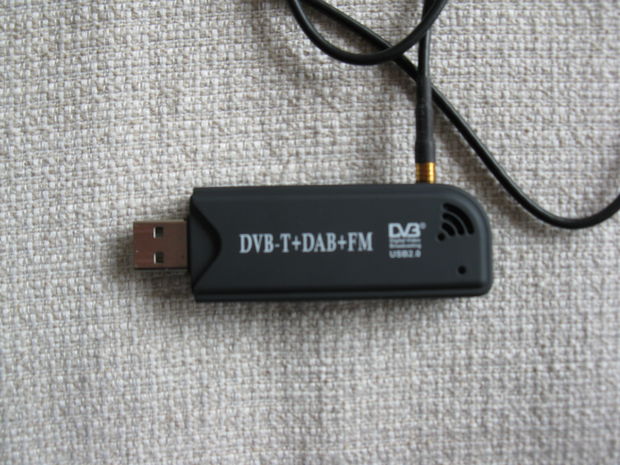Source: Rtl-sdr on Ubuntu: 4 Steps
Month: November 2017
Pelléas et Mélisande (opera) – Wikipedia
https://en.m.wikipedia.org/wiki/Pell%C3%A9as_et_M%C3%A9lisande_(opera)
Mobile edge computing
Mobile Edge Computing (MEC) is a network architecture concept that enables cloud computing capabilities and an IT service environment at the edge of the cellular network. The basic idea behind MEC is that by running applications and performing related processing tasks closer to the cellular customer, network congestion is reduced and applications perform better. MEC technology is designed to be implemented at the cellular base stations, and enables flexible and rapid deployment of new applications and services for customers. Combining elements of information technology and telecommunications networking, MEC also allows cellular operators to open their radio access network (RAN) to authorized third-parties, such as application developers and content providers.
Technical standards for MEC are being developed by the European Telecommunications Standards Institute, which has produced a technical white paper about the concept.
The Man with the Iron Heart (2017) – IMDb
Sabrina (1954) – IMDb
Source: Sabrina (1954) – IMDb
Low-density parity-check code – Wikipedia
In information theory, a low-density parity-check (LDPC) code is a linear error correcting code, a method of transmitting a message over a noisy transmission channel.[1][2] An LDPC is constructed using a sparse bipartite graph.[3] LDPC codes are capacity-approaching codes, which means that practical constructions exist that allow the noise threshold to be set very close (or even arbitrarily close on the binary erasure channel) to the theoretical maximum (the Shannon limit) for a symmetric memoryless channel


